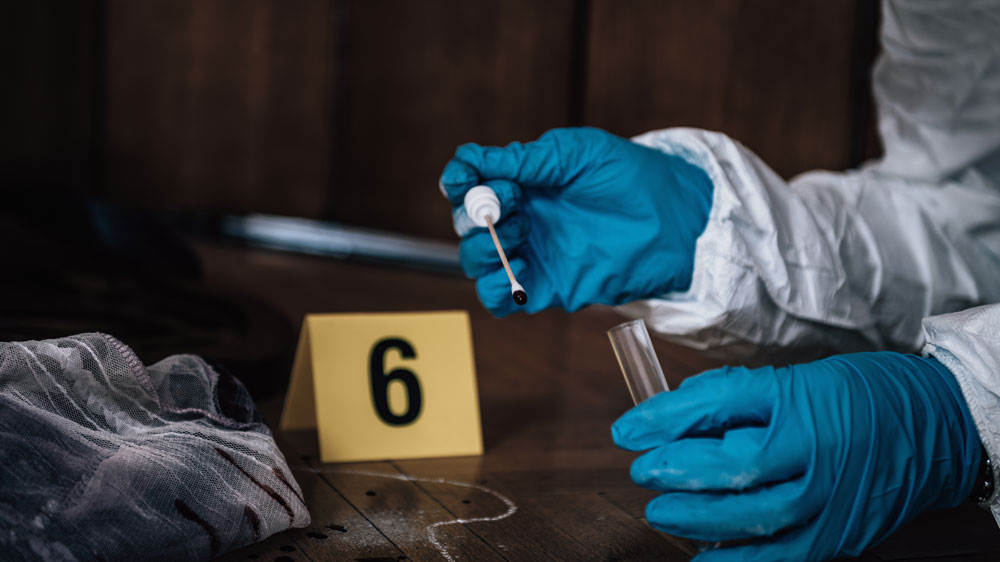Crime fighting with a whole new tool, DNA & Genealogists

When this part of North Carolina was being settled, the main crime-fighting tools available were a drawing, a witness, and perhaps a gritty lawman hot on the trail. You would have everything from bank robbers, murderers, thieves, and from time to time, an occasional Stagecoach robbery. Even my in-law’s family made the New York Times for a jailbreak in the late 1800s.
This part of NC was unlike the eastern part of the state, which seemed to be much more in tune with the growing US culture. Electricity began in North Carolina in the 1880s; for most of the next 50 years, electric service was only found in the state’s larger cities and towns. Expanding to the rural areas in the late nineteenth and early twentieth centuries was slow.
So, with electricity and more extraordinary innovations, law enforcement here began to get a little more enhanced than just a territory or local town marshal. Several new agencies were nationally registered to help track down some of the country’s notorious criminals. These agencies were able to help tie together wanted poster drawings to a new medium, photography. A photo of a criminal was a vast improvement over a witness drawing or sketch.
Soon after, this advancement made this process more prominent. Law enforcement had a new tool starting to emerge, the fingerprint. In September 1910, an assailant was captured after they did not get far. Fingerprints from a painted railing the criminal used to pull himself through a window at home were found. Police photographed and cut off the fence, believing it would prove the burglar’s identity. The court proceedings proved correct; This case would lead to a fingerprint being used as future evidence in criminal trials in the United States. This tool in law enforcement’s arsenal began to help police identify a criminal incarcerated for a similar crime in another state or country.
As fingerprinting advanced, another crime-fighting tool emerged; Voice Recognition was starting to be used in court cases. Voice recognition evidence was entered in evidence in the Lindbergh trial in 1936. This method was used along with other federal and state tactics in the criminal trial of Bruno Richard Hauptmann. Hauptmann was eventually convicted and executed in 1936 for kidnapping and murder. This style has been used in many future cases. Mainly where the witness heard the assailant but did not actually see them for many reasons.
Over the past few years, some fantastic updates on cold cases have gone back well over 50 or more years. Not only is the assailant’s information found at many of the crime scenes, but we can now identify a victim years after they have been reported missing. With the addition of DNA, the possibilities of solving both new and old crimes have increased. DNA stands as the latest method for police work in making the crimes, and the victims identified. Like many of the techniques introduced in the 20th century on crime solving.
The latest example of the use of DNA comes with the arrest recently of an assailant in the publicized Utah Student murders. The information obtained at the location provided a DNA profile that the police can use to place the individual at the scene and recreate what happened with the DNA and other police methods. Once they establish the crime scene, they can identify the person of interest.
Armed with a DNA result from the scene, a Genealogist can start to piece together who this person is based on if they match others in DNA databases. The next step is the Genealogist works with law enforcement to provide what these matches may be. The Genealogist can work on piecing the information together as a puzzle to hopefully identify a relative. Based on the information provided, more evidence can be legally obtained thru police methods to help verify the relationship the Genealogist had created.
As a Genealogist who has learned how forensic genealogy works, I find this method exciting and as helpful as much as the other advancements in crime fighting. To help bring closure for relatives and to work with identifying remains thru the Repatriation projects are just a positive use of DNA.
Please feel free to contact me about how this methodology all comes together. To learn how I can help as a Genealogist with more than just helping you to dig “outside the box” and find your story. Feel free to contact me at my site, SouthernShoresGenealogy.com, or email me at SouthernShoresGenealogy@gmail.com. “We are the Ancestors of tomorrow, so we must ensure that we pass on our stories today. “